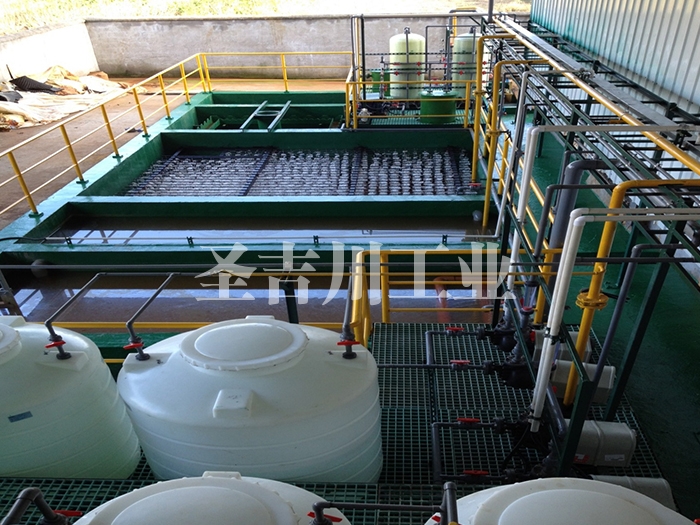

永旺彩票If the waste gas generated in industrial production is not treated, it will affect air quality and pollute the environment. Therefore, we must attach great importance to the environmental protection of industrial enterprises and strengthen waste gas treatment measures to avoid endangering human health. What are the common exhaust gas treatment methods? Let us see!
永旺彩票1. Activated carbon adsorption process
Due to the presence of unsaturated molecular bonds on the surface of activated carbon, activated carbon has a strong adsorption capacity. When exhaust gas molecules come into contact with activated carbon, the organic exhaust gas will be adsorbed by the activated carbon, and the filtered exhaust gas can be discharged up to the standard. The high-concentration exhaust gas concentrated by activated carbon can be burned and purified by combustion exhaust gas treatment equipment, such as catalytic combustion, RCO, RTO, etc.
2. Regenerative catalytic combustion
Regenerative catalytic combustion equipment and regenerative incinerators are one type of regenerative combustion equipment, which are divided into two, three, five, and seven types of regenerative combustion equipment according to the number of regenerators. The regeneration waste gas treatment method does not require additional fuel combustion and is a very energy-saving waste gas treatment equipment.
3. Liquid washing and purification of exhaust gas
The corresponding equipment is an exhaust gas purification tower. The exhaust gas inlet is located at the bottom of the exhaust gas purification tower, and the exhaust gas purification tower penetrates the tower body from bottom to top. The waste gas is absorbed and purified by single-layer or multi-layer packing, and the clean waste gas is discharged from the system at the top of the tower. The exhaust gas purification tower mainly treats the exhaust gas through the neutralization reaction of the absorption liquid and the exhaust gas to achieve the purpose of purification.
4. Chemical reaction method
The neutralization reaction of certain substances in the exhaust gas and the liquid medicine is used to remove the pollutant components in the gas. Commonly used methods include acid-base washing, chlorine washing, and hydrogen peroxide washing. Advantages: various malodorous gases can be removed widely, with high removal efficiency; and strong operability.
永旺彩票5. Soil deodorization method
永旺彩票The mechanism of soil deodorization can be divided into physical adsorption and biological decomposition. Water-soluble malodorous gases (such as amines, hydrogen sulfide, lower fatty acids, etc.) are absorbed and removed by soil moisture, while insoluble malodorous gases are physically absorbed by the soil surface and then decomposed by microorganisms in the soil. Advantages: low maintenance cost, deodorizing effect is equivalent to activated carbon.
6. Ultraviolet ultraviolet method
The special high-energy and high-ozone ultraviolet light beam is used to irradiate the malodorous gas to change the molecular structure of the malodorous gas, so that the molecular chain of the organic or inorganic polymer malodorous compound is degraded and converted into low-molecular compounds under the irradiation of the high-energy ultraviolet light beam. Advantages: small footprint, low operating cost, and less equipment investment.
7. Low temperature plasma method
Under the action of an external electric field, the electrons in the electrode space gain energy and accelerate movement, leading to a series of complex physical and chemical reactions such as excitation, dissociation or ionization, thereby breaking the chemical bond of the odor-producing group, and then achieving removal through multi-stage purification. Stinky purpose. Advantages: simple process, easy operation, wide gas temperature range (-50-50).
Into shengjichuan+
Product Center+
Case presentation+
News and information+